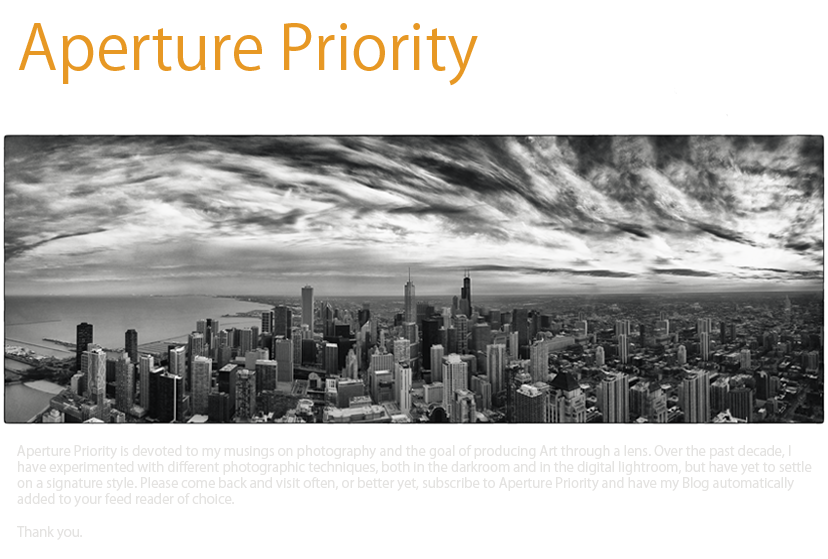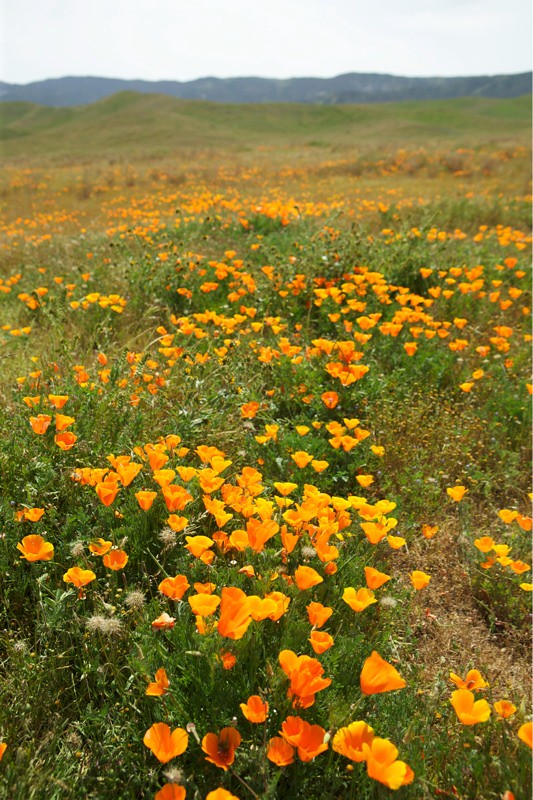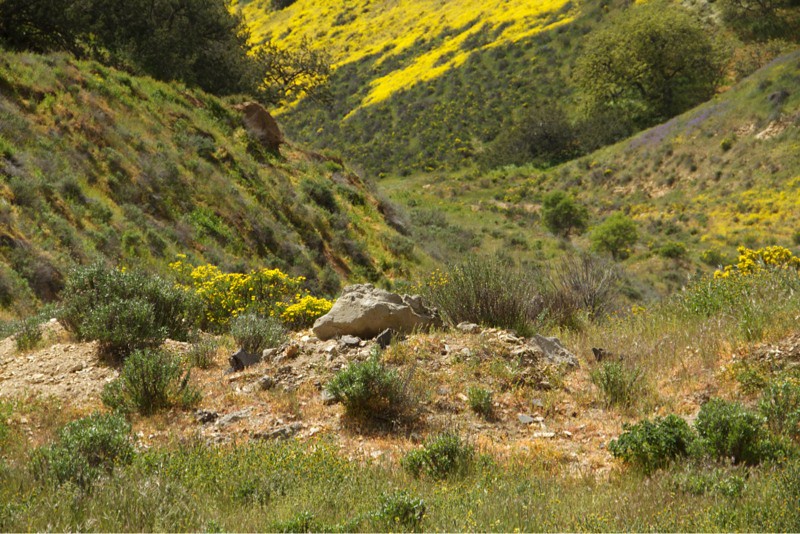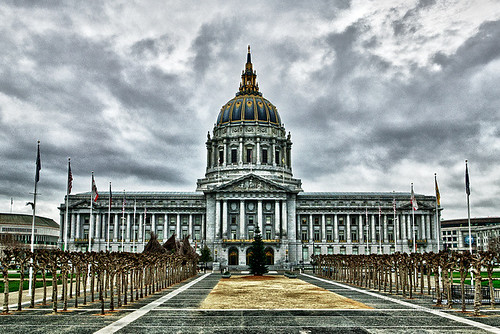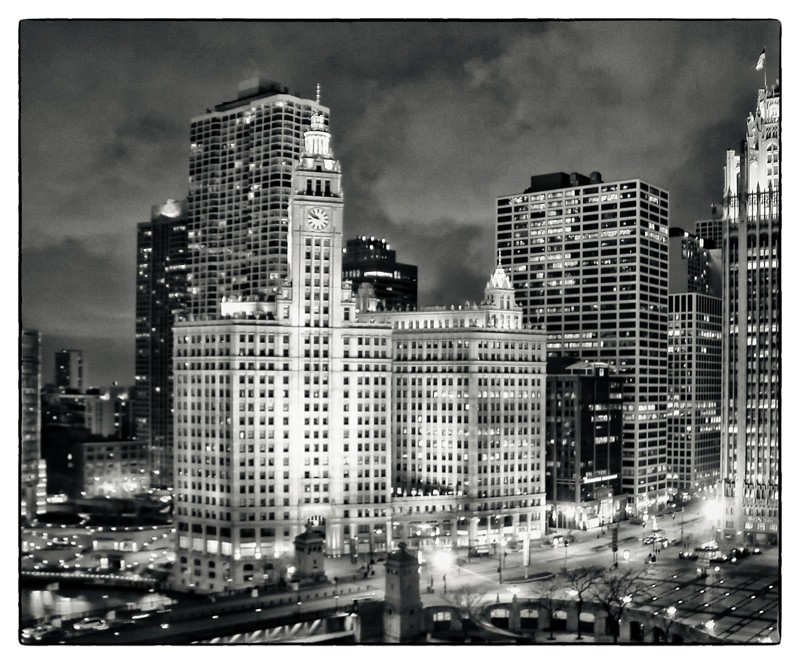Night Descends on Chicago
When faced with a situation where you have the perfect photograph developing and you don't have your "good" camera, use what you have available. Being a guy, I don't have the luxury of a bag always on my shoulder. When I know I am going to be on the go or in a social setting that might prohibit carrying my pro camera, I use a smaller point-and-shoot (currently a Canon PowerShot S95). At times I don't even have that luxury. Sometimes a viable solution is the camera on your phone. You might be surprised by the result! While at a conference in Chicago, I found myself atop the John Hancock Tower in a lounge. the sun was low on the horizon and the combination of light angle and cloud cover created a scene that I knew would be rich with tones. I had a Canon EOS 7D that I thought would serve me well for this venue. Sadly, the 7D's cropped sensor and the lack of a true wide-angled lens made reproducing what I was seeing impossible. I did take a series of images to stitch in Photoshop later but I wanted to get the image now. A friend told me of an iPhone App called Pano that could be used to create a panoramic image real-time. Not having much faith in the iPhone camera and a $2 App, I nonetheless proceeded to get the shot. What happened next was magic! The photo above is the result of that shot. I am still in shock that, at least for this situation, a simple iPhone 4 camera and some creative software could kick the pants off of a Canon EOS 7D with a Canon EF 28-135 IS Lens. This goes to show that when all the elements align and a perfect Photograph presents itself, you have to be ready to move quickly with whatever you have at hand. You never know, that quick snap of the cell phone shutter might just produce a portfolio worthy print.
|





